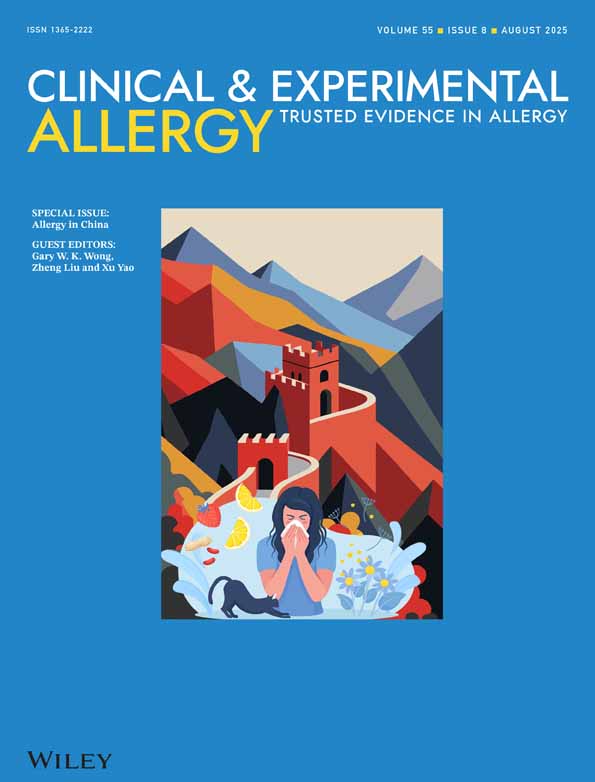IgE response to fur animal allergens and domestic animal allergens in fur farmers and fur garment workers
Summary
Objective The aim of this study was to compare the IgE response to the most commonly farmed fur animals with that to domestic animals.
Methods IgE-immunoblotting and RAST-inhibition analyses were performed using RAST-positive sera from fur workers sensitized to fur allergens and sera from patients sensitized to domestic animal allergens.
Results The urine extracts of mink, blue fox, silver fox, racoon dog and fitchew contained more protein bands than the fur extracts did. Allergens with the same molecular weight were found in all of the fur and urine extracts. The most prominent allergenic bands had molecular weights of 62–67 kDa, 23–25 kDa and 18–19 kDa. With crossreacting sera the reciprocal RAST inhibition with all five animal extracts indicated common IgE-binding epitopes, probably common allergens (especially the 62–67 kDa bands). Urine and fur contain common allergens, since urine allergens strongly inhibited the IgE-binding to fur allergens. The IgE binding to allergenic bands of fur animal extracts was also observed in immunoblotting when dog and cat RAST-positive sera were used, but not for cow RAST- positive sera. RAST inhibition of dog-positive sera with fur animal extracts and fur-positive sera with dog extract confirmed the crossreactivity of these IgE antibodies. No such inhibition was seen with cow extract.
Conclusion The results of the RAST inhibition and immunoblotting suggest that fur animals have IgE binding epitopes or allergens in common with cat and dog – possibly albumin but not with cow.




